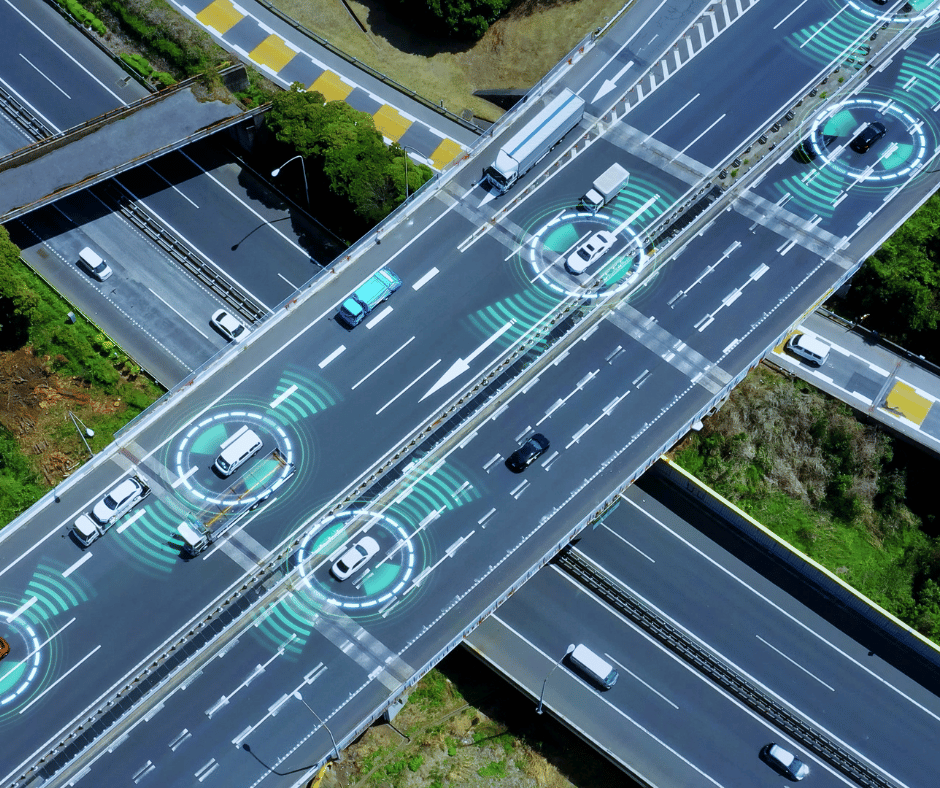Customer experience is a key factor in determining a company’s success. Queue management is one important factor that directly affects customer happiness. Ineffective queuing management and lengthy lineups can irritate customers, reduce their loyalty, and even cost businesses sales. Retailers need to put in place efficient queue management techniques to lessen these difficulties. This post will examine ten creative and useful strategies for streamlining line management in retail establishments.
Systems of Digital Queueing
Digital queuing systems are at the forefront of the retail industry’s embrace of technology. These solutions eliminate the need for customers to stand in line by allowing them to join a virtual queue using in-store kiosks or mobile apps. Retailers may improve customer happiness, expedite the customer journey, and decrease perceived wait times by utilizing technology.
Self-Signing Kiosks
It is a calculated move to speed up payments and ease traffic at conventional checkout counters by introducing self-checkout kiosks. These kiosks allow customers to check out quickly and independently, freeing up personnel to help with more complicated transactions. This meets the needs of tech-savvy customers while also expediting the process overall.
Employee Development and Efficiency
Skilled employees are necessary for effective queue management. Retailers ought to fund training courses that emphasize time management, problem-solving, and effective communication. Furthermore, adjusting personnel levels in accordance with consumer traffic patterns and peak hours guarantees that there are adequate workers on hand to efficiently and expertly handle lines.
Design and Layout of Queues
Customers’ perceptions of wait times are greatly influenced by the physical arrangement of queues. Retailers who want to reduce traffic and create a comfortable waiting area should carefully plan their line arrangements. This includes directing clients in an orderly manner with the use of barriers, visible signs, and designated waiting places.
Adaptive Queueing Systems
Because line lengths can vary during the day, a one-size-fits-all strategy might not work. When dynamic queue management is implemented, staff and resource allocation are changed in real-time in response to demand. This adaptability makes it possible for the store to react quickly to unforeseen spikes in foot traffic, cutting down on wait times and raising customer satisfaction.

Making Appointments
Retailers may use appointment scheduling systems for certain services or times of high demand. This eliminates the need for clients to wait in line by enabling them to reserve particular timeslots for services. In addition to improving the client experience, appointment scheduling helps shops better allocate their workforce.
Amusement and diversion
Although standing in line can be boring, stores can use it as an opportunity to interact and amuse customers. It is possible to create a more fun and shorter wait time by implementing in-store entertainment alternatives or offering distractions like digital displays, periodicals, or interactive kiosks. This strategy not only raises consumer satisfaction levels but also fosters a favorable impression of the entire shopping experience.
Ordering and Pickup Services via Mobile
Curbside pickup and mobile ordering have grown in popularity because they let consumers place orders ahead of time and pick them up without having to wait in line. This tactic not only serves the convenience-seeking customer but also eases traffic throughout the store. It is recommended that retailers enhance their mobile ordering systems and make it apparent to customers that these services are available.
Reactions and information evaluation
Constant consumer feedback collection and data analysis regarding queues are critical components of continual improvement. Retailers can learn more about consumer preferences, pain spots, and the efficacy of queue management techniques by utilizing customer surveys, social media reviews, and data analytics technologies. Retailers are empowered to make well-informed judgments and adjust their queue management systems accordingly, thanks to this data-driven strategy.
Software for Queue Management
Purchasing cutting-edge queuing software can completely change how shops manage wait times. Predictive queuing algorithms, customer flow tracking, and real-time analytics are just a few of the characteristics that these software programs frequently have. Retailers may improve their store’s overall efficiency, cut down on wait times, and streamline queue operations by utilizing technology.
Achieving a remarkable customer experience in retail requires effective queue management. Retailers that put the aforementioned tactics into practice can reduce wait times while simultaneously fostering a pleasant and memorable shopping experience. Any retail store’s success and longevity in the ever-changing retail market will surely be aided by utilizing technology, paying attention to client preferences, and emphasizing a seamless and pleasurable experience.